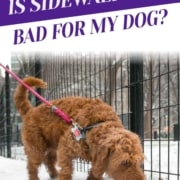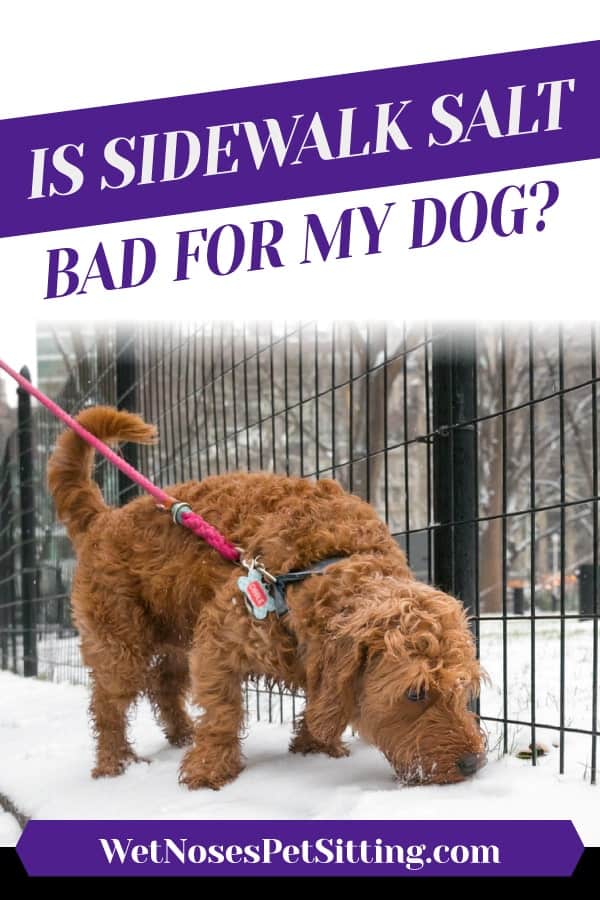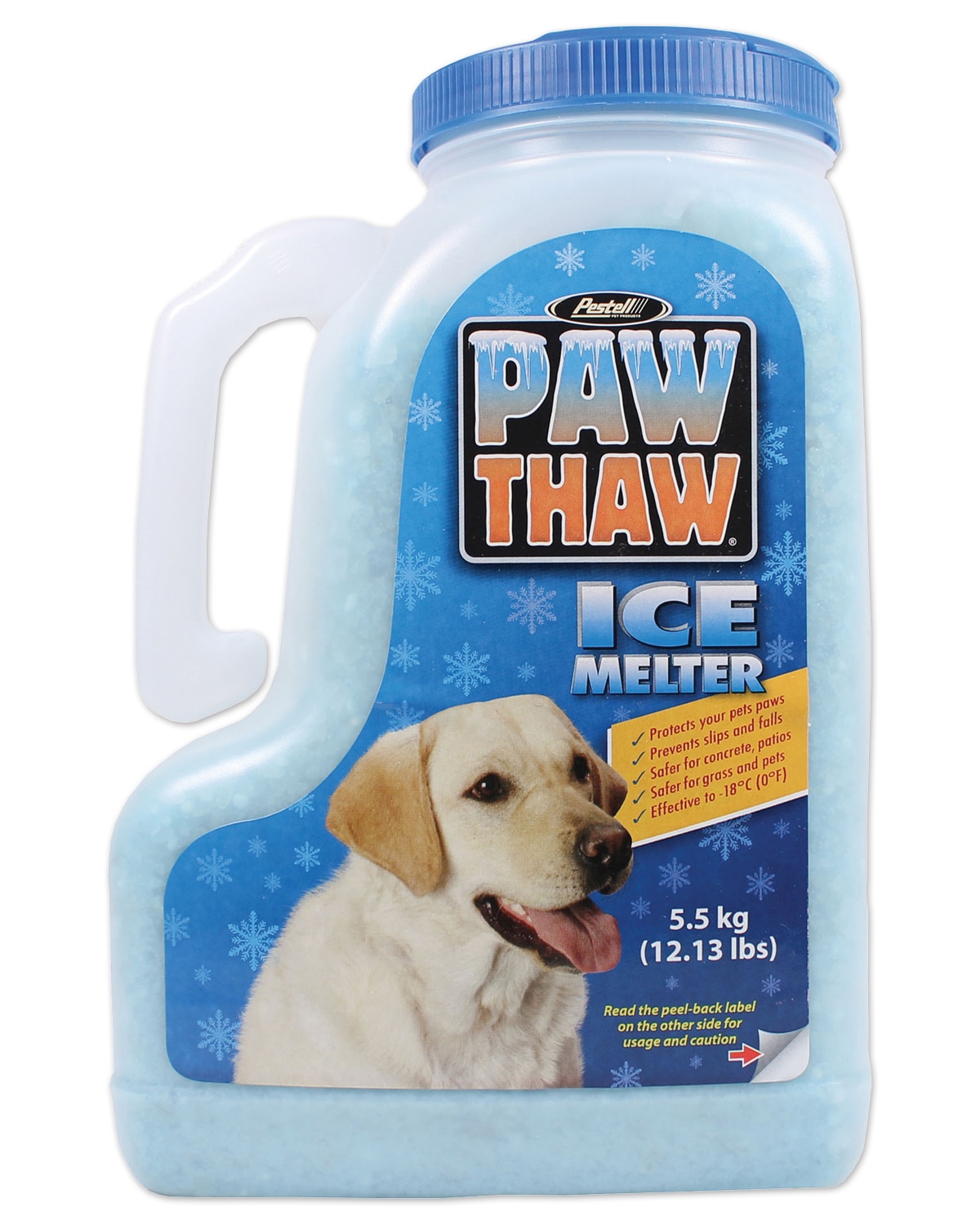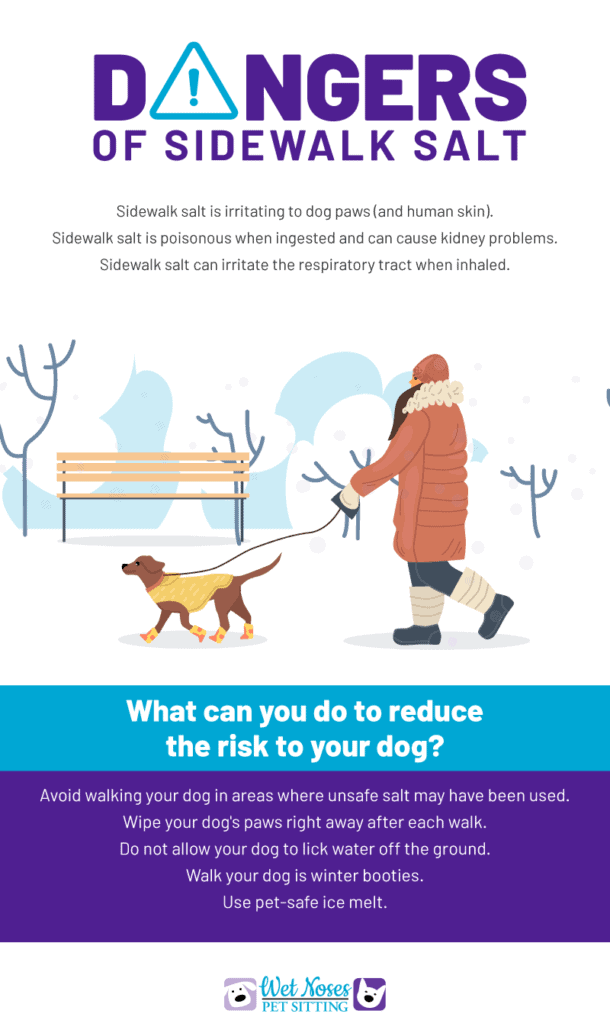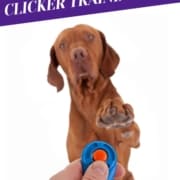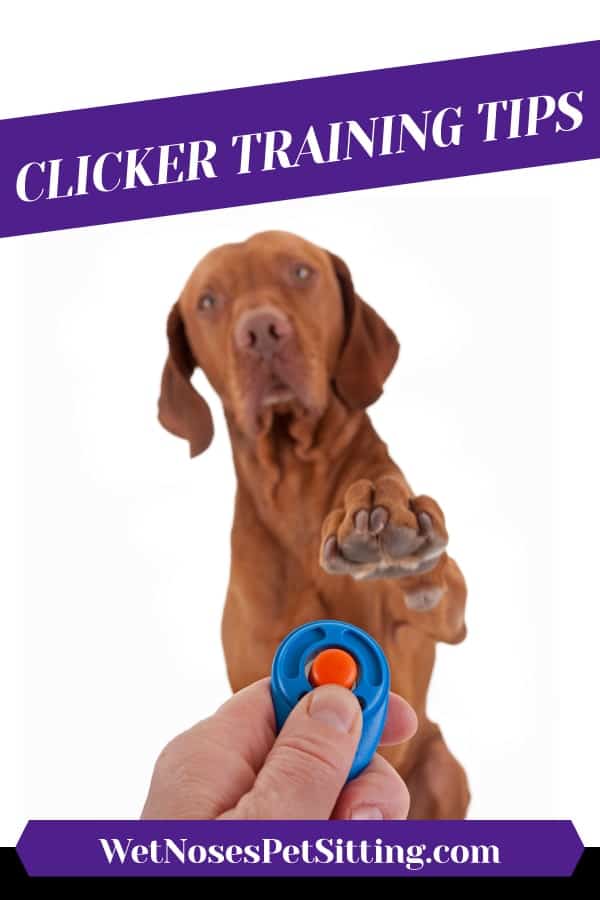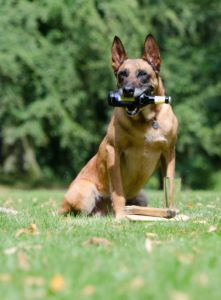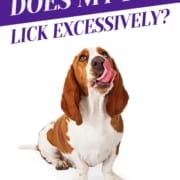How do I Know if my Pet is Overheating?
As we prepare for the start of school it easy to think that summer is almost, but the hot weather still pounds down and the heatstroke is still very real.
So, how do you know if your pet is overheating? And even more importantly what do you do if it’s happening to your pet.
How do I spot overheating in my pet?
- Constant panting
- Restlessness
- Difficulty walking, weakness or wobbliness
- Vomiting
- Drooling
- Collapse
- Bright red, grey, bluish or purple gums
- Seizures
What do I do if I realize that my pet is suffering from heatstroke?
- Remove them from heat immediately, but be careful not to over cool your dog too quickly.
- Lay them on a cool surface, like a tile floor in an air conditioned room.
- Use cold compresses on their neck, armpits, and groin areas.
- Gently wet their paws and ears with a sponge or washcloth
- Take their rectal temperature to give to the vet
- Get your pet to ANY vet ASAP. Call your vet on the way, but at this moment the closest vet is the best vet.
- If you are not at home alone, have one person find the closest vet near by while you do the above subtle cooling techniques.
- Call your vet and let them know of the situation in case you need a follow up appointment.
Things you want to make sure NOT to do:
Do not use cold water or ice, over cooling can cause blood vessels to constrict which traps the excess heat in the body’s core and can end up doing more harm than good.
Do not force your dog to drink, give them a fresh bowl of water, but do not force it if they are not interested.
Do not leave them unattended or let them “sleep it off.” Similar to any other trauma, letting them sleep it off or giving the time to relax alone can be detrimental. They can easily end up worse off in this situation.
The dog days of summer may be upon on us, but it doesn’t mean that we have to suffer with over heating. Check back next week to find out how to keep your Fort Collins pet safe in the sun!



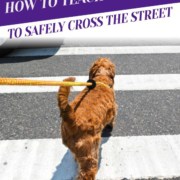
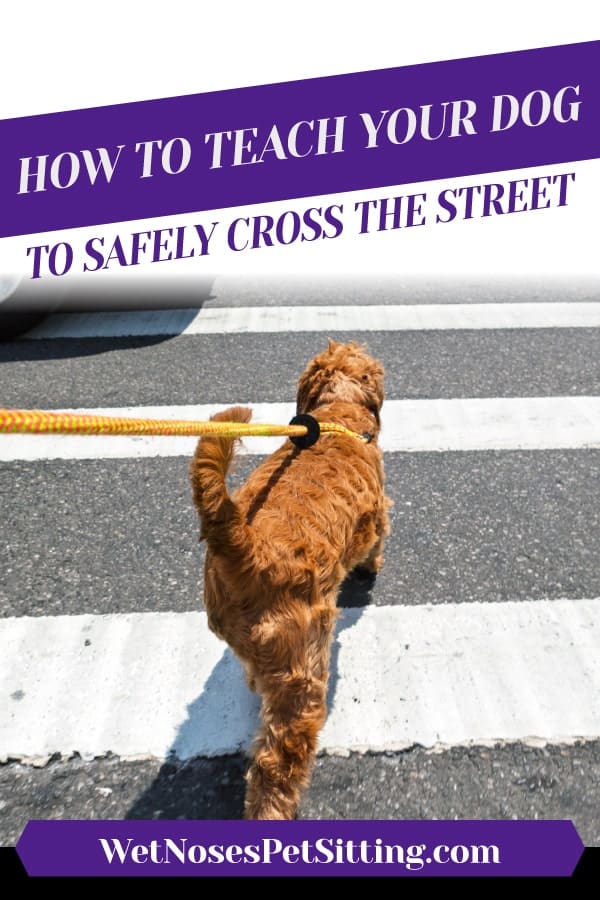


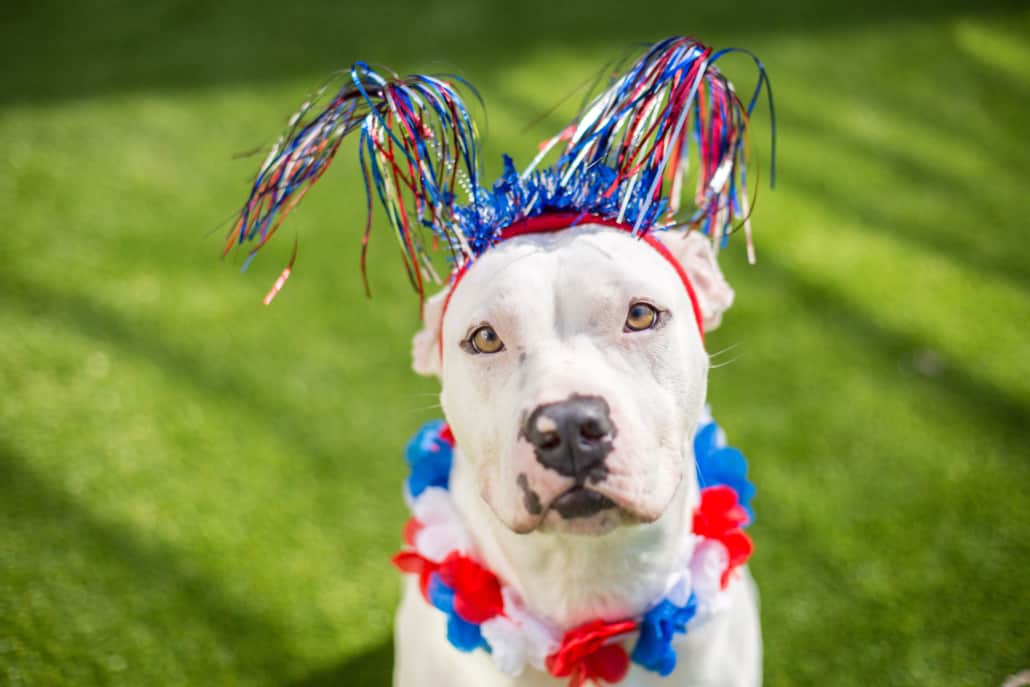
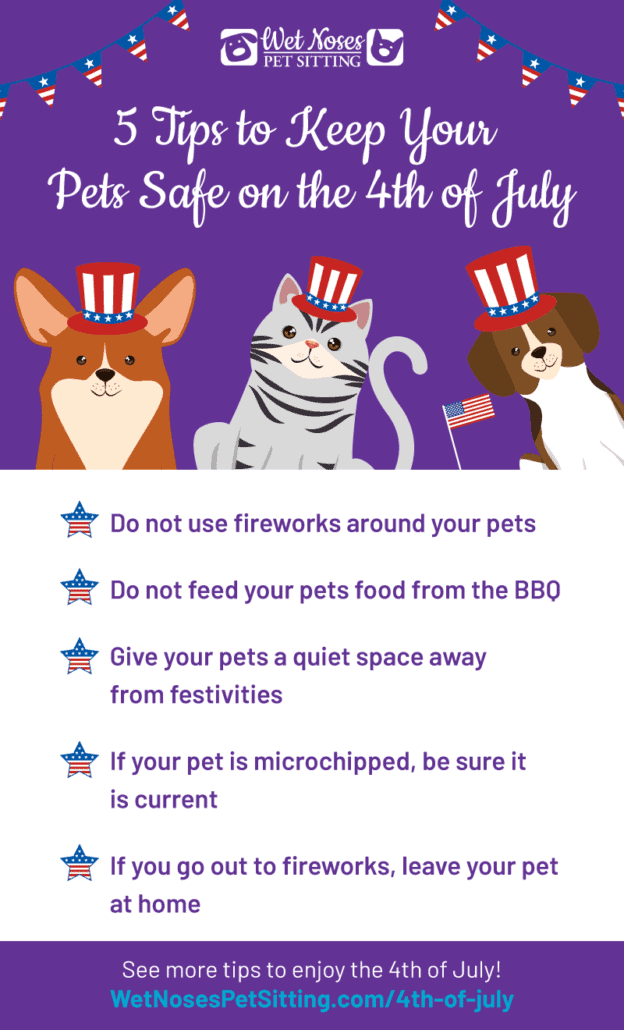

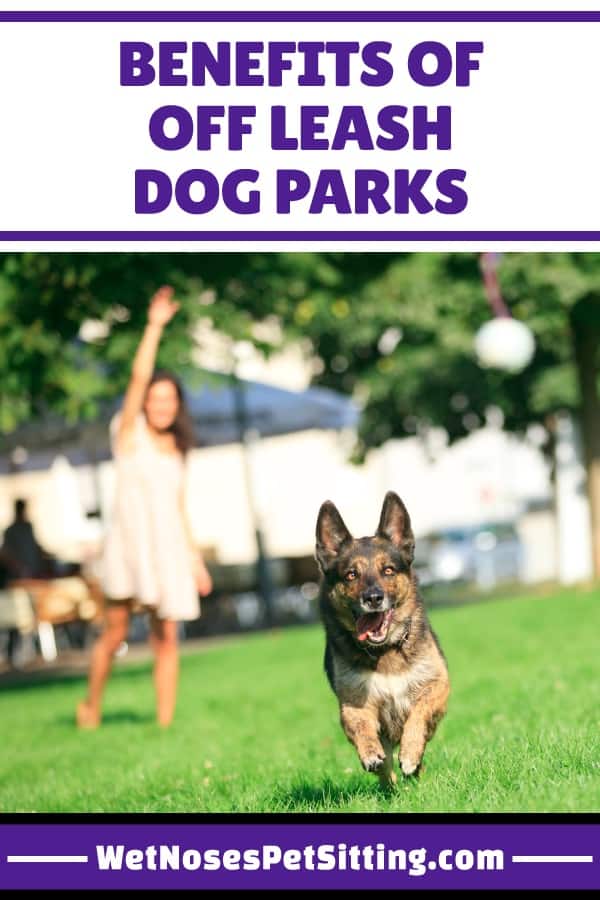

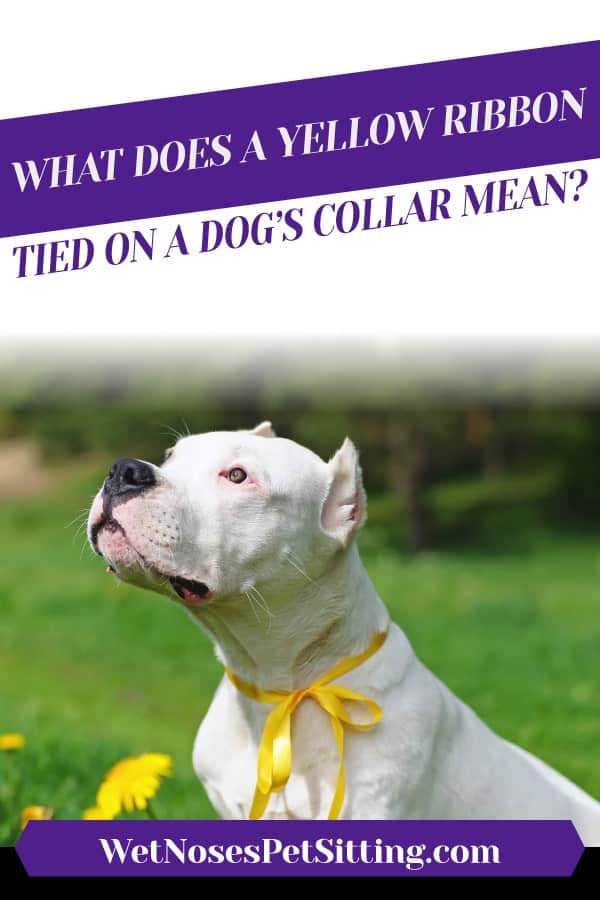
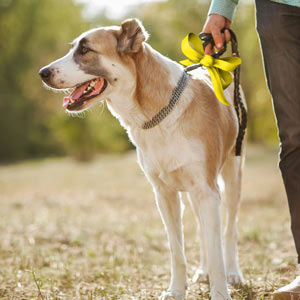
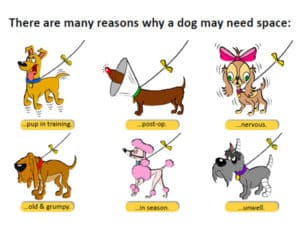

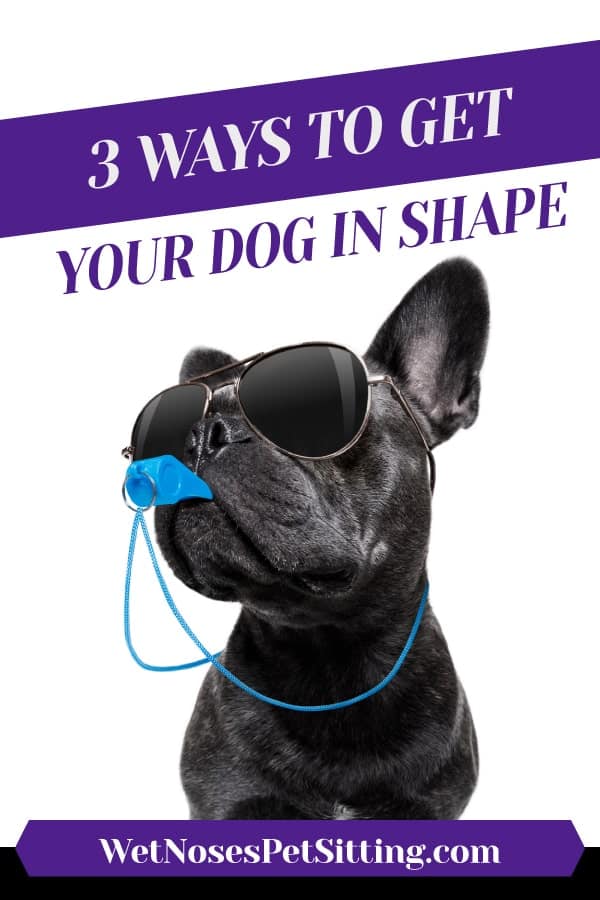
 Playing
Playing